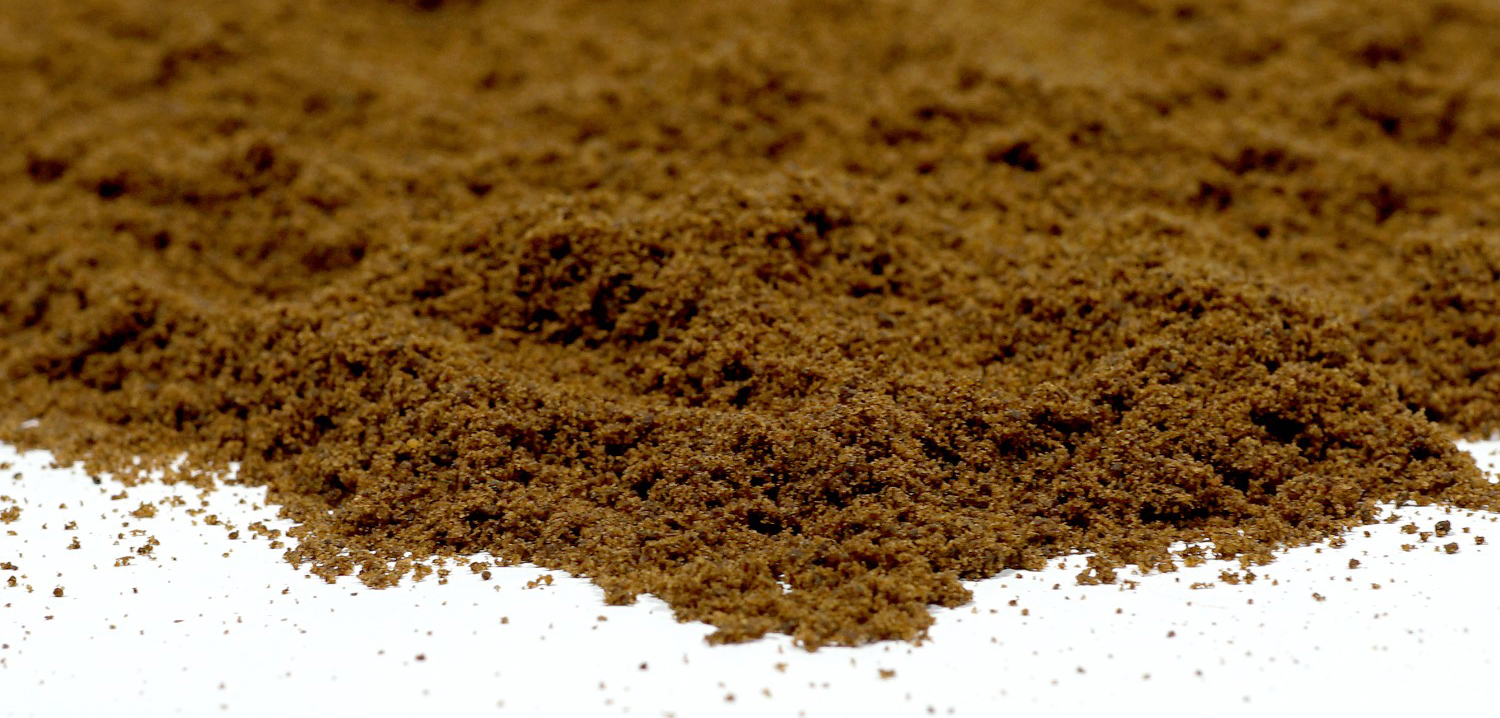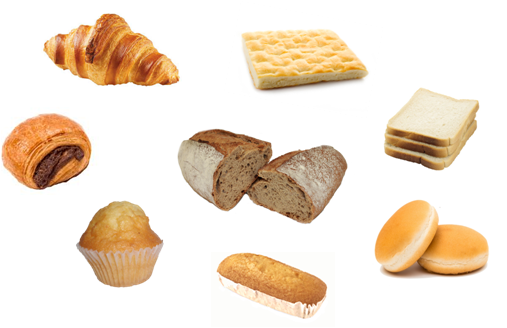
Gluten-free doughs, more elastic with olive seed flour.
Not everyday we can find an ingredient that offers so many qualities by itself. Olive seed flour is an innovative product, a functional food and also provides solutions to the problems presented by gluten-free doughs. In particular, greater elasticity and structure in the crumb.
To separate the fruit from the olive, to extract the seed and to turn it into flour. These are the three phases that this ingredient requires, showing some technical characteristics of great help for the elaboration of breads and pastries without the proteins that form the gluten.

The use of cereals without this compound causes a lack of elevation and volume in the masses due to the role these proteins play in the formulation and baking process. Products show low flexibility and lack of structure.
Until now, one of the methods to solve the problem has been the use of hydrocolloids. These are chemical compounds of vegetable, animal or synthetic origin that, due to their composition, provide stability to the products. Xantan gum, guar gum or cellulose gum are some of them.
The novelty of olive seed flour is the capacity to provide great elasticity to glute-free spongy doughs, with three extra advantages: 100% natural ingredient, suitable for clean labels and easy application. Doses of 1.5-3% are sufficient to obtain the expected results.
It should also be noted that, with these low doses, the sensory characteristics are neutral: the ingredient does not provide the flavor or color typical of the olive.
Olive seed flour is indicated for both industrial manufacturers and artisan bakers. It can be used in all gluten-free products that require volume (breads, muffins, biscuits, croissants, etc.). And in those who do not need it, such as pasta, breadstick, crackers, puff pastries and pizza bases, among many others.
In the latter case, the improvement would consist in the contribution of a gluten-free ingredient with high nutritional benefits and, if desired, with the sensory qualities of the olives (which is achieved by increasing the dose).
The emergence of new solutions and the incorporation of new ingredients is important as gluten-free products follow an increasing trend. The group of consumers afflicted by celiac disease is joined by those who decide to reduce or eliminate this protein from their diet, even without suffering the disease or any intolerance. On the other hand, the bakery and pastry industry are expanding the offer of this specific products, requiring technical solutions for them.

Olive seed flour is indicated for bakery and pastry products.
Olive seed, the elixir of youth
In any case, as evidenced by reports such as that of the Tecnifood magazine published at the end of 2017, the sector is experiencing a shift towards healthier products (without added sugars, trans fats, etc), compatible with intolerances (lactose, gluten, etc) and with greater functional properties (enriched with vitamins, omega 3 fatty acids, etc or with new ingredients such as olive seed).
In this case, it should be said that the seed is the part that concentrates the most interesting compounds of the olive tree: oleic acid, triterpene acids, tocopherols and polyphenols. Among these last one is Hydroxytyrosol, the most powerful antioxidant in the vegetable kingdom and with additional antimicrobial and anti-inflammatory properties.
Finally, regarding to Nutexa olive seed flour, the raw material comes from Spanish selected olives, subjected to sustainable gathering and treatment processes.
Do you like to try it? If you want to incorporate it into your products, contact us to get more information. You can also download the technical sheet in this link.




